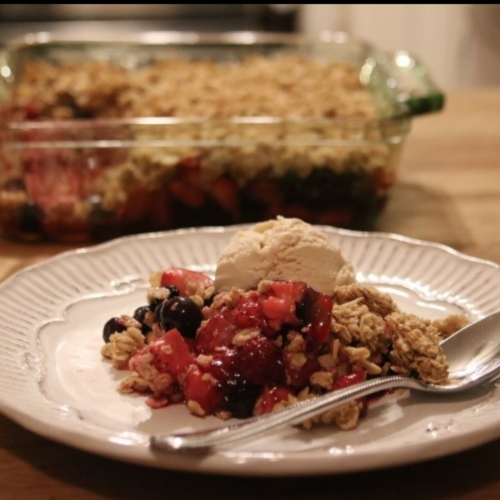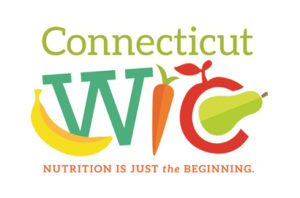Huge THANKS to all who made the 2022 season huge success- our shoppers, our vendors, our volunteers and our staff! We were thrilled to be be back on the Green to offer all the fabulous local, fresh, delicious food and to have all the pre-COVID events and live music each week.
Look for our survey in our next email blast. If you aren’t signed up-sign up now @ www.danburyfarmersmarket.org. We take your input both positive and negative, very seriously.
Check out our YouTube channel for new food and fitness videos and our recipe postings. We will be posting a few more.
Looking forward to seeing everyone again in 2023!














